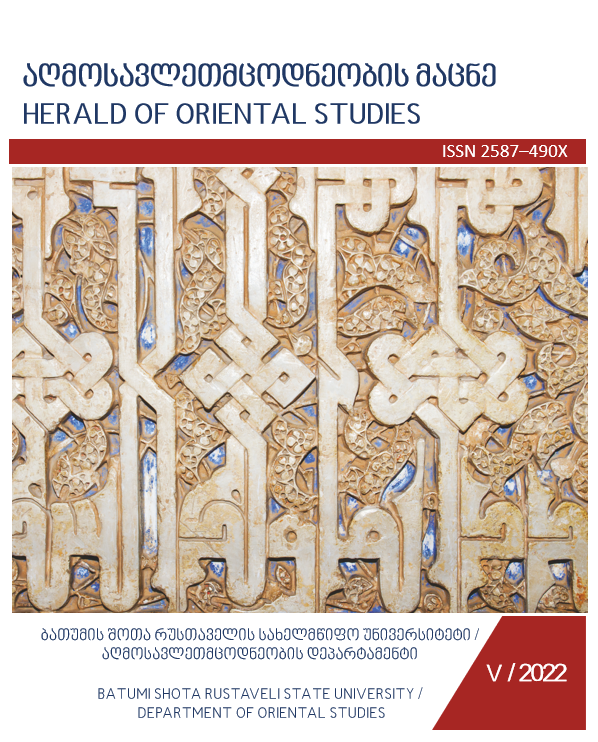ოსმალური თიხის ჩიბუხები პეტრას ციხიდან
Ottoman Clay Tobacco Pipes From Petra Fortress
Author(s): Tavamaishvili GiorgiSubject(s): History, Archaeology, Cultural history
Published by: ბათუმის შოთა რუსთაველის სახელმწიფო უნივერსიტეტი, ჰუმანიტარული მეცნიერებატა ფაკულტეტის აღმოსავლეთმცოდნეობის დეპარტამენტის „ელექტრონული ჟურნალი“.
Keywords: Petra fortress; Clay pipes; Rounded bowl; Biconical bowl; Lily-shaped pipe; Disk-based pipe; Stem;
Summary/Abstract: The paper presented to you is dedicated to the original pottery - tobacco clay pipes, which were found during the excavation of Georgian material cultural monuments, especially during excavations of military-strategic sites, such as fortifications. The fact that these artefacts are being found in such a specific environment is not surprising, as both in Europe and in Eastern countries, active smokers of tobacco (including pipes) were mostly among military personnel. Our region is no exception in this context. The aim of the work is to present the Ottoman clay smoking pipes found on the territory of the Georgian seaside historical monument - Petra Fortress, which were discovered by different generations of the Archaeological Expedition of South-West Georgia in 1964 and 1985. The study of these artefacts is interesting and topical, because even today, Georgian archaeologists have some differences of opinion about the early period of the spread of Ottoman clay pipes in our country, which, not infrequently, is reflected not only on the process of dating of the pipes, but the accompanying materials as well. After reading the works of European and Turkish scholars, we have more reason to suppose the appearance of Ottoman clay pots on the territory of Georgia from the second half of the XVII century, when, during the reign of Ottoman Sultan Ibrahim I, the restriction on tobacco consumption was partially lifted. This assumption is supported by the archeological material found on the monuments of the late Middle Ages of Georgia, where only a small part consists of samples of the XVII century, and essentially a larger share falls on the work pieces of the XVIII-XIX centuries. In southwestern Georgia, tobacco clay pipes are found in large numbers in the area of Gonio-Apsaros and Petra fortresses, where, at a certain period, the Ottoman element was present, regulated by the real situation (military service), but with signs of a traditional local lifestyle. The archeological material of Gonio-Apsaros is more numerous and diverse, because the Ottomans occupied the fortress much earlier and would "stayed" for a longer time than in Petra-Tsikhisdziri. Accordingly, if the age of the tobacco clay pipes found in Gonio-Apsaros dates back to the XVII-XIX centuries, similar artefacts found in Petra Fortress date back to the XVIII-XIX centuries, which is in full chronological agreement with the period of Petra-Tsikhisdziri in the historical sources.
Journal: საერთაშორისო სამეცნიერო ჟურნალი „აღმოსავლეთმცოდნეობის მაცნე“
- Issue Year: 5/2022
- Issue No: 2
- Page Range: 226-247
- Page Count: 22
- Language: Georgian

